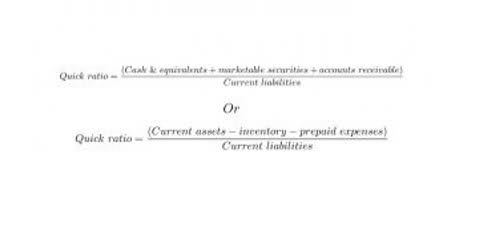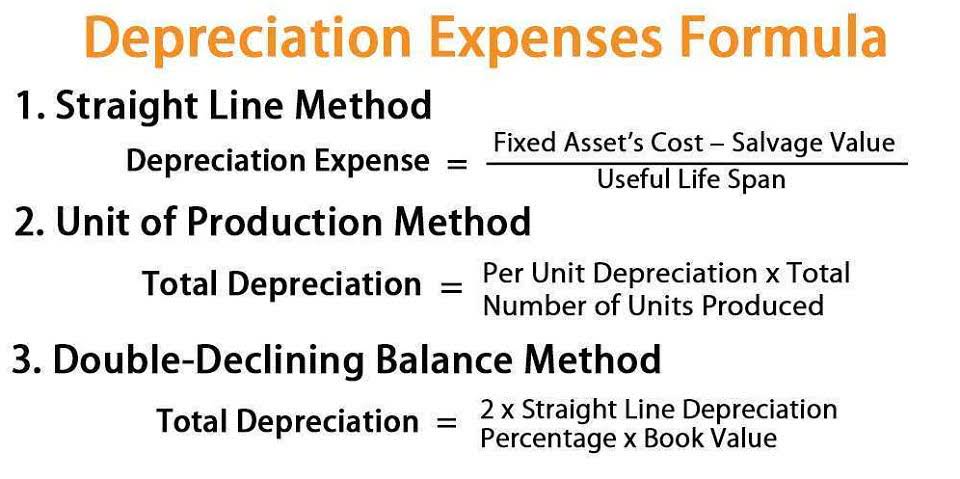These statements typically include a consolidated balance sheet, income statement, statement of cash flows, and a statement of changes in equity. On the other hand, consolidation in the field of financial accounting signifies the aggregation of financial statements of a parent company and its subsidiaries. Changes in a parent’s ownership interest in a subsidiary that don’t result in loss of control are treated as equity transactions. These changes don’t impact the profit or loss, recognised assets (including goodwill), or liabilities (IFRS 10.23,B96,BCZ168–BCZ179).
- Consequently, if a subsidiary’s reporting date differs from that of the parent company, it needs to provide additional information to ensure that this time gap does not influence the consolidated financial statements.
- The process commences by collecting individual financial statements from each entity, including income statements, balance sheets, and cash flow statements, adhering to standard accounting principles.
- In finance, consolidation refers to a situation where an asset’s price fluctuates within a specific trading range, demonstrating market indecisiveness.
- This also applies if the parent company has less than 50% ownership but still has a controlling interest in that company.
- The Amendment requires a parent that meets the definition of an investment entity to measure its investments in particular subsidiaries at fair value through profit or loss.
Conversely, the resistance level is where the asset meets considerable selling interest, which may stop the price from moving higher. By recognizing a consolidation phase, traders can estimate the level of https://kelleysbookkeeping.com/ risk involved and possible return on their investments. Here, the asset price neither significantly moves up (bullish) nor down (bearish), representing a form of market equilibrium or indecisiveness.
Ask a Financial Professional Any Question
Consolidated financial statements are like most financial statements in that they report on the financial health of the company. They differ in that they include information about subsidiaries that are part of the larger company. Consolidation is a multifaceted term in finance, referring to a state of market indecisiveness in technical analysis and the merging of financial https://quick-bookkeeping.net/ statements in accounting. After combining all similar items, the next step is to attribute the net profit or loss and other comprehensive income to the parent and the non-controlling interest. Nevertheless, these can be classified as held for sale and discontinued operations under IFRS 5, which can considerably simplify the determination of fair value and consolidation.
Similarly, a wave of sell limit orders might drive the price below the support level, leading to a bearish breakout. Hence, the role of limit orders in breaking a consolidation pattern cannot be overlooked. Conversely, an unfavorable news event, such as a regulatory penalty, could drive the price below the support level. Such news might relate to changes in a company’s https://business-accounting.net/ financials, new product announcements, changes in management, mergers or acquisitions, or macroeconomic factors. Consolidation periods can occur in any timeframe, ranging from minutes to years, depending on the investor’s perspective. The length and pattern of the consolidation period often depend on the market’s psychology and can influence future price movements.
Companies often use the word consolidated loosely in financial statement reporting to refer to the aggregated reporting of their entire business collectively. However, the Financial Accounting Standards Board defines consolidated financial statement reporting as reporting of an entity structured with a parent company and subsidiaries. This level of accuracy and transparency is crucial for investors and creditors when assessing the overall financial stability and prospects of the group. It instills confidence and aids in making informed investment and lending decisions and evaluating the group’s creditworthiness.
The third step is to aggregate similar items from all entities’ financial statements. This includes the combination of items of assets, liabilities, equity, income, and expenses. One of the conditions for exemption pertains to the non-controlling interests being notified and not opposing the non-preparation of consolidated financial statements. IFRS 10 does not impose a time limit for non-controlling interests to raise objections. Therefore, to err on the side of caution, it’s best to actively seek the approval of non-controlling interests for an exemption from preparing consolidated financial statements.
Purpose of Consolidated Financial Statement
A consolidated financial statement reports on the entirety of a company with detailed information about each subsidiary. Berkshire Hathaway is a holding company with ownership interests in many different companies. Berkshire Hathaway uses a hybrid consolidated financial statements approach which can be seen from its financials.
To ensure you’re leveraging consolidation effectively for your financial decisions, consider seeking professional wealth management services. Regulatory bodies such as the Securities and Exchange Commission (SEC) also require consolidated statements to maintain transparency and accountability. Limit orders, which are used by traders to buy or sell an asset at a specific price, can also impact consolidation. If a substantial number of limit orders are triggered around the support or resistance levels, it can push the asset price beyond the consolidation pattern.
Significance of Consolidation in Finance
The remaining 65% of the equity, and all the debt instruments, are held by a large number of widely dispersed unrelated third party investors. The asset manager can be removed, without cause, by a simple majority decision of the other investors. In consolidated accounting, the information from a parent company and its subsidiaries are treated as though it comes from a single entity. The cumulative assets from the business, as well as any revenue or expenses, are recorded on the balance sheet of the parent company.
What is the approximate value of your cash savings and other investments?
This phase indicates a state of market equilibrium or indecisiveness, which ends when the price moves above or below these levels, resulting in a break in the consolidation pattern. Given the complexity of the consolidation process, there is a risk of errors that could lead to inaccurate financial reporting. These inaccuracies could result in non-compliance with regulatory requirements, potentially leading to fines, penalties, and damage to the company’s reputation. Consolidating the financial statements of all the subsidiaries provides a holistic view of the group’s performance.
Consolidation in Financial Accounting
These statements offer a comprehensive overview of the group’s financial performance and position, creating a unified representation as a single economic entity. Financial consolidation simplifies tracking the overall financial performance of a group as if it were a single entity.We prepare the statements when a parent company owns a controlling interest in one or more subsidiaries. A controlling interest means the parent company owns over 50% of the subsidiary’s voting stock. Consolidation combines parent and subsidiary financials, removes intercompany transactions, and adjusts for minority interests.
Ownership Accounting: Cost and Equity Methods
Consolidated financial statements remove intercompany transactions to ensure accuracy and prevent duplication. Following this, the financial information from the parent and its subsidiaries gets aggregated and combined, encompassing revenues, expenses, assets, liabilities, and equity. In cases where the parent company does not hold 100% ownership of a subsidiary, the portion of equity attributable to non-controlling interests is separately disclosed. Consolidated financial statements are financial statements for a group of separate legal entities that are controlled by one company (the parent company). The consolidated financial statements report the financial results of the entire group’s transactions with people and companies outside of the group.
To consolidate (consolidation) is to combine assets, liabilities, and other financial items of two or more entities into one. In the context of financial accounting, the term consolidate often refers to the consolidation of financial statements wherein all subsidiaries report under the umbrella of a parent company. Consolidation also refers to the union of smaller companies into larger companies through mergers and acquisitions (M&A). If a company reports internationally it must also work within the guidelines laid out by the International Accounting Standards Board’s International Financial Reporting Standards (IFRS). Both GAAP and IFRS have some specific guidelines for entities who choose to report consolidated financial statements with subsidiaries.







